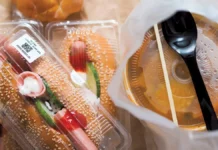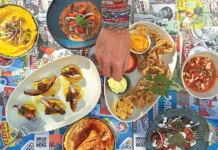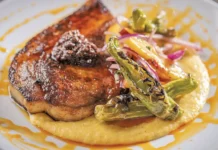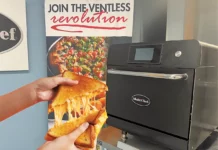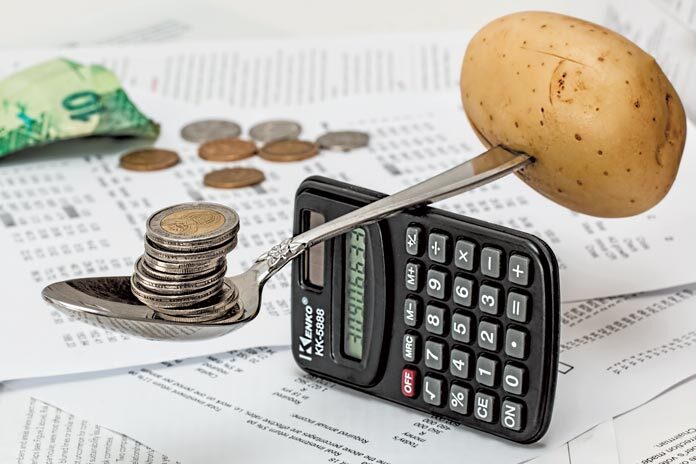
When it comes to figuring out food cost, most restaurant owners are paying attention to the wrong number.
Because they don’t take inventory, they’re dividing food purchases by sales to come up with a food cost percentage, but it’s wrong. Really, there are three food cost calculations restaurant owners must be making – ideal, actual and budgeted.
Budgeted food cost
Let’s start with budgeted food cost. It’s the number you’ve determined you must run to achieve your 55 percent or lower prime cost (cost of goods sold plus your labor cost, minus salaries, benefits and insurance). This food cost number depends on all the line items in your budget. It allows you to put systems in place to achieve a new number. Let’s say you started with a 35 percent food cost, but you really want to get to 30 percent. Putting systems in place, such as a waste sheet, key item report, purchase allotment, are the path to lowering that food cost. That 30 percent budgeted food cost represents the number you determined you need to hit to make money.
Actual food cost
Then you have actual food cost. This is what most people are looking for when they’re trying to find their food cost percentage. That is beginning inventory plus purchases minus ending inventory is use divided by sales. That’s your actual food cost – the cost of the product you actually used. It doesn’t matter if you bring in $100,000, whatever you use is a part of that. The product that left the shelves, whether through use, waste, spoilage or theft, is your actual food cost. Your actual food cost tells you where your food cost is today.
Ideal food cost
Lastly, you have your ideal food cost. If you were to run a perfect restaurant with no waste, theft or spoilage, which isn’t even possible since there is no such thing as perfect, what should that food cost number be? Where should your menu be on food cost? What does it produce? To get to this number, you must have accurate recipe costing cards that are up to date with current pricing and a POS system that gives you a PMIX (product mix) report so you know how many of each item you sold. Take the total number of items sold times the cost of the product you used, do that for every item, total it up and you know the total cost. Total number of sold times the gross sale price before any discounts, total that up, and you know what you’ve sold. Then take the use divided by sales of that dollar value and you get your ideal food cost in your perfect restaurant.
If it doesn’t exist, why do you need this number? If you have a chef or kitchen manager doing their job exceptionally, you give them 1.5 to 2 percentage points higher than the ideal, and if they’re hitting that, you know they’re doing incredible work.
How the three numbers work together
Why do you need to know all three of these numbers for your food cost calculations? Budgeted food cost tells you what you need to do to make money. Your actual food cost tells you what left the shelves. Let’s say you budgeted for 30 percent and your actual food cost is 32 percent. It might look to you like your managers aren’t doing their jobs. You might even get mad at them if you’re only using these two numbers. Then bring in the ideal food cost. In this case, let’s say your ideal food was 28 percent and your actual was 30 percent. That would be good because I just told you to give the managers two percentage points. But in the example I just gave you, the budgeted was 30 percent, ideal was 28 percent and your actual was 32 percent. Now you can look at your chef and tell him or her they’re not controlling their kitchen properly and need to find where those two points can be made up.


















